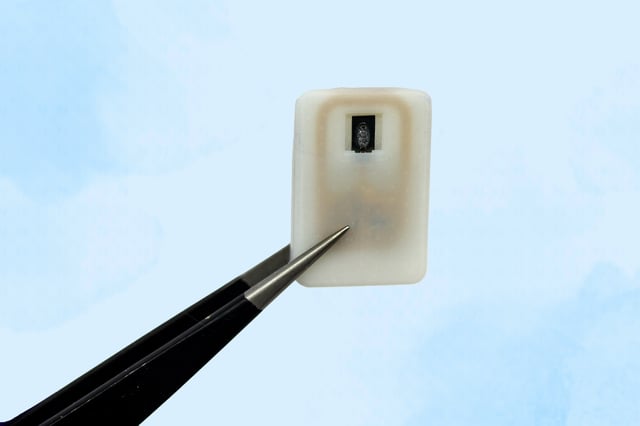Overview
- The device is a coin-sized, under-skin reservoir sealed by a nickel-titanium shape-memory alloy to store powdered glucagon or epinephrine.
- Wireless signals from continuous glucose monitors or manual triggers heat the alloy to 40 °C, opening the reservoir for on-demand drug release.
- In diabetic mice, activation of the implant normalized blood sugar levels within ten minutes and boosted epinephrine response in emergency tests.
- Four-week trials showed reliable performance even after fibrotic tissue formed around the implant.
- Researchers are now optimizing durability toward at least one year and planning further animal studies before initiating human clinical trials within three years.
